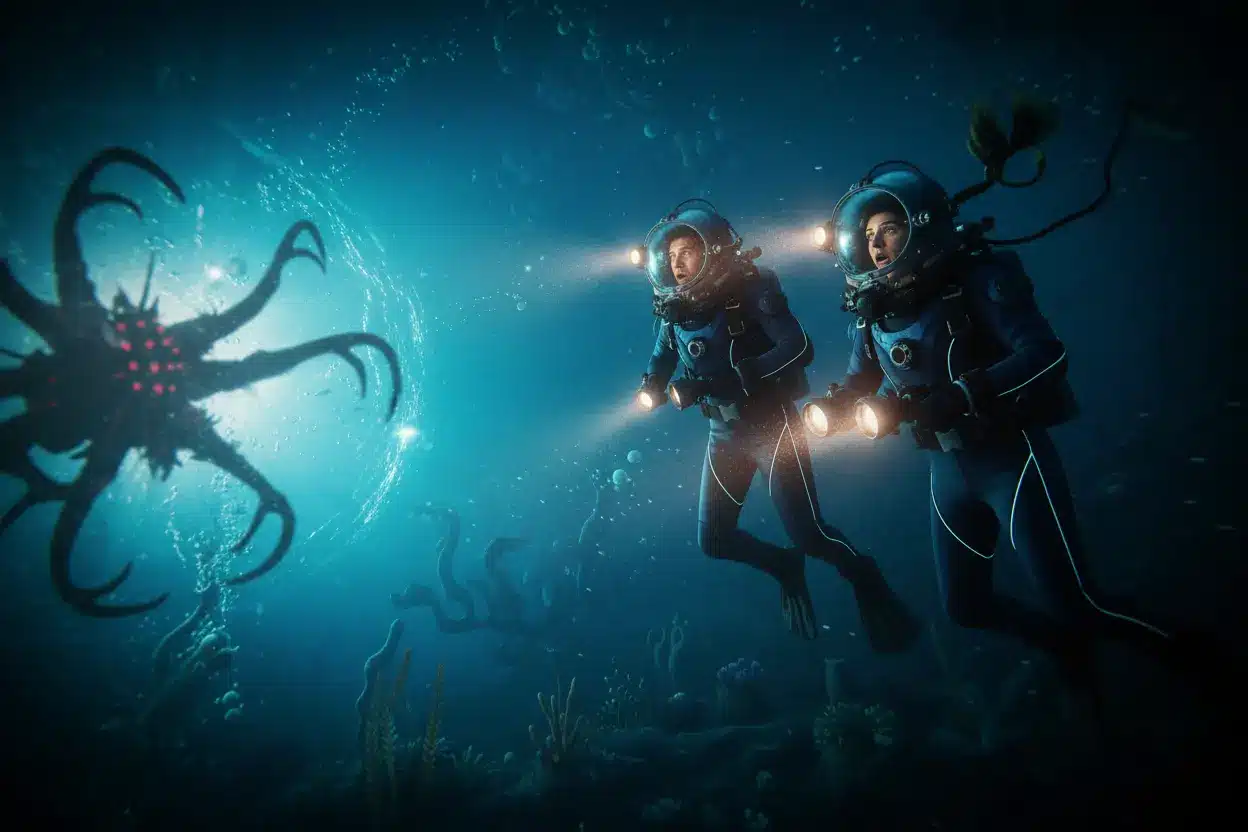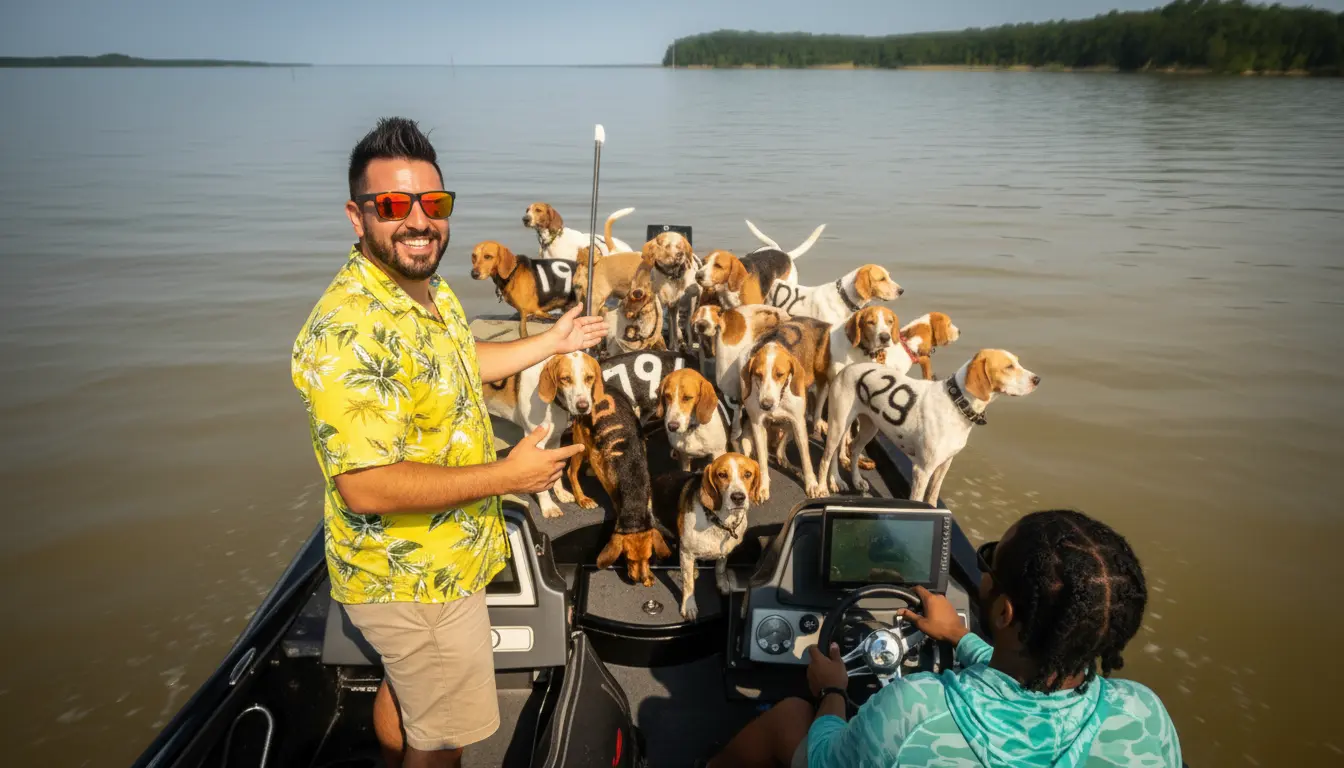Picture yourself plunging into utter darkness, nearly eight kilometers below the ocean’s surface, where light dares not venture and the unknown reigns supreme. That’s exactly where scientists, diving into the Atacama Trench off the coasts of Chile and Peru, stumbled upon a discovery that’s as thrilling as it is mysterious—a shrimp-like creature so cunning and formidable, it has left the experts gobsmacked.
A Predator in the Shadows: Meet Dulcibella camanchaca
What at first glance seems almost ordinary—a creature barely four centimeters long—turns out to be a highly specialized and efficient predator. This newly discovered amphipod, Dulcibella camanchaca, has a talent for blending in, but don’t be fooled by its size. Thanks to a set of specialized prehensile appendages, it navigates and hunts in total darkness, thriving where sunlight never shines. Its main menu? Other amphipods, caught with speed and precision in the pitch-black abyss.
As Johanna Weston, co-director of the study from the Woods Hole Oceanographic Institution (WHOI), revealed, the name itself is a tribute to its haunting habitat: “We named it after the word for ‘darkness’ in Andean languages to reflect the shadowy environment where it hunts.”
The Journey to Discovery: Science on the Edge
The 2023 IDOOS (Integrated Deep-Ocean Observing System) expedition was pivotal in bringing this elusive dweller to scientific attention. A collaboration led by scientists from the Instituto Milenio de Oceanografía (IMO) in Chile resulted in the capture of four precious specimens. These were analyzed both morphologically and genetically, ensuring the discovery was not only robust but groundbreaking in scope. The outcomes?
- A brand-new species was identified.
- Even more astonishingly, Dulcibella camanchaca opened the door to a completely new genus—a significant leap in our biological catalog.
For those whose biology lessons are a bit rusty:
- A species includes closely related organisms capable of producing fertile offspring.
- A genus, however, is a broader grouping, often home to multiple species. Uncovering a new genus is like finding an entire new branch on the tree of life, one that had been hiding in the extreme corners underwater.
Life in the Abyss: Lessons from the Hadal Zone
This little hunter’s discovery is more than a scientific footnote—it’s a wake-up call about how little we truly know about the hadal zones. These are some of the most remote and seemingly inhospitable places on the planet. Yet, as Carolina González, another co-director, emphasizes, these zones are anything but lifeless. “The hadal zones are rich in unique biodiversity, and we are only beginning to understand the extent of life that thrives there,” she notes. And if there was ever a reason to keep researching—and protecting—these difficult-to-reach spots like the Atacama Trench, it’s creatures exactly like Dulcibella camanchaca.
- The deep-sea regions, despite being far from daily human bustle, aren’t immune to disruptions caused by our species.
- Continued research and conservation efforts are essential to keep these ecosystems intact for the future.
The Ocean’s Final Frontier: More Surprises Await
The ocean, and especially its deepest trenches, remain one of the last unexplored realms on our Blue Planet. The addition of Dulcibella camanchaca to science’s roster of deep-sea wonders builds the case that there is still an entire universe of species, behaviors, and ecosystems waiting beneath the waves.
Advancements in technology promise to usher in a new era of exploration. As more secrets surface—literally and figuratively—scientists will uncover ever more peculiar species that challenge everything we think we know about life.
So, what’s the takeaway (besides updating your list of reasons not to swim in the Atacama Trench)? Each discovery from the depths, like this shrimp, is a humbling reminder: the world’s grandest mysteries remain, quite literally, under the surface. And, if history is anything to go by, every answer leads to a dozen new questions. Here’s to the next unexpected guest from the abyss—and to never exhausting our curiosity about the wonders lurking in Earth’s darkest corners.

John is a curious mind who loves to write about diverse topics. Passionate about sharing his thoughts and perspectives, he enjoys sparking conversations and encouraging discovery. For him, every subject is an invitation to discuss and learn.





